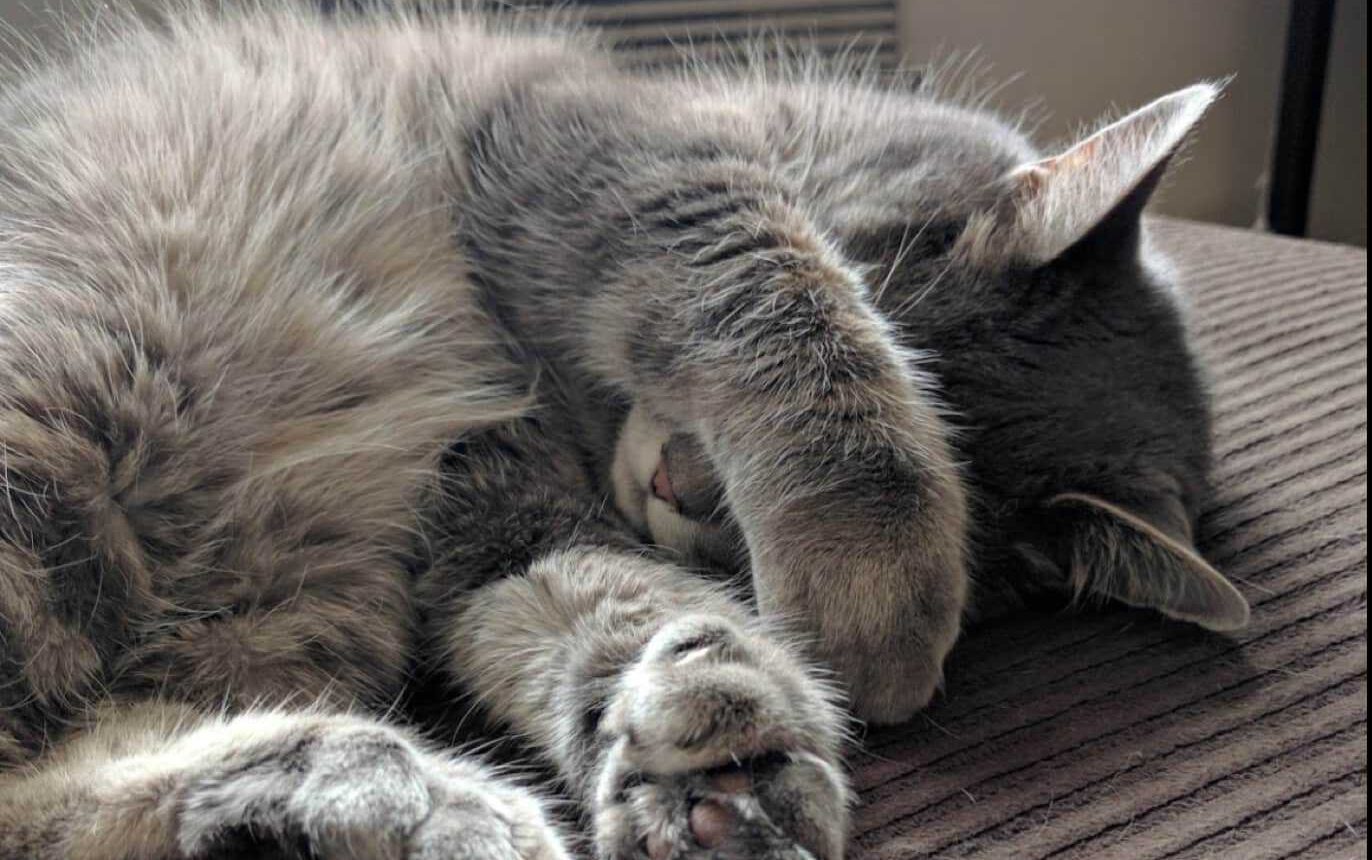Even Your Pet Deserves A Terrific Digital Experience
The greatest aspect of next wave of digital evolution is that things we never would have ever imagined are now connected to the Internet. No matter how random, the growing world of connected gadgets can provide helpful experiences to people … And, sometimes, pets.
You don’t need to be human to experience the digital revolution. Cats, dogs, snakes, bunnies … hell, even your pet tarantula, can benefit from a digital touch.
At CES 2017 in Las Vegas, Applause attended an event called “Digital Experience” held by Pepcom with the explicit purpose of asking companies “how do you define digital experience and what is your approach it with your customers?” We got a wide range of answers, from companies talking solely about their products to how market research fits into making design and functionality decisions.
Below is the last in our series, focused on … you guessed it … pet companies. We also talked to a greeting card company … which had a different approach to experience in the digital at the event.
Halle Hutchison – Vice President of Marketing at Rover.com
*Rover.com is the world’s largest network of dog sitters and walkers … in essence, a dog-loving community with Yelp-style reviews.
Applause: How do you define the digital experience? * Hutchison: There has never been a way for sitters to find owners and vice versa by using technology. You have got to go to something like CraigsList or even search through physical adverts at grocery stores. With technology, it becomes a two-sided marketplace—people who want to sit dogs and earn extra money can become a Rover sitter while owners who are looking for a reputable sitter can check out reviews to find the person they need.
Applause: How does your company approach the digital experience with your customers? *Hutchison: We listen to our customers and figure out what they want to see. Right now, they can see profiles of sitters, sitters can upload pictures of them with dogs … so you can get a basic feel for that person who may eventually sit your dog. We found that people are very particular about who sits their dog—it is almost like their child—so you can get information before requesting a meet-and-greet with that sitter … at the end of the day the customer is the one who decides who will be hired.” * Richard Xu – Head of Technology at Poof
*Humans use their smartphones or wearables to track their fitness. We know how far we walk, our heart rate and how many calories we burn. It is a quantified world, we are just living in it. So why not track the physical activity of your dog? Poof is a company that makes wearable fitness trackers for pets. Is that damned cat really sleeping for 20 hours a day while you are out in the world trying to earn a living? Poof knows.
Applause: How do you approach the design and experience philosophy with both the human and animal user in mind? *
Xu: For a human, we have already seen the trend that wearable devices are taking off. The Apple Watch and other wearable devices. From my point of view it is even more important to give that type of input for animals. Like, we track ourselves, the steps we are taking, the calories we are taking in with food. It is more important for us to have a way to track them [the animals] so we can see their activity such as steps taken and calories burned, so we can give back to them the right amount of food, the right food and the time of walking and different activities we can give to them. This is the correlation between human and animal but I think that it is even more important.
Patrice Sadd – Director of Corporate Communications at American Greetings
*American Greetings really needs no introductions. The company has been doing greeting cards for more than 100 years. But, did you know American Greetings made the first ecard in the early 1990s? *
*American Greetings was taking a somewhat counterintuitive approach to shows like CES and Pepcom. The card company was touting the advantages of real, analog, physical experiences of greeting cards. The world still needs a paper touch every once in a while, right?
Applause: So … experience? Digital or otherwise, how does American Greetings approach its products? *
Sadd: From a digital perspective, we are actually the pioneers of this. We have been creating digital cards since 1992. The idea is that however people want to connect, they have the opportunity to do that. Whether it be a paper card, which we have been doing for that past 110 years. Or if they want the convenience of downloading card from an app, they can do that as well. For us, we believe they compliment each other.
*Applause: How do you research new products? * Sadd: We have a lot of people that do a lot of research for us internally. We do a lot of consumer research. And what people will do, we see is to see what resonates with them. We use a lot of online testing. So, we use digital. We test things online to see how people respond. There is a lot to take in when somebody goes to the store to pick out a card, take it home and write it out and put it in the mail. That is a distinct experience that sometimes you don’t get if someone sends you a text or posts a message on your Facebook wall.
